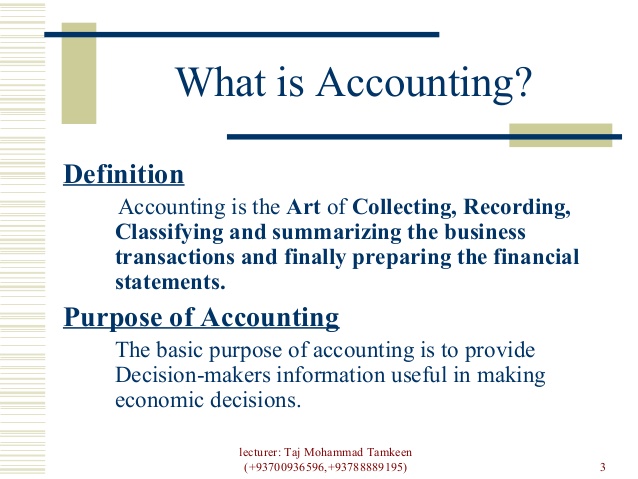Balance Sheet Reconciliation What Is It, Template, Examples
Bookkeeping

Balance sheet reconciliation helps identify discrepancies or errors in the financial statements, providing the necessary support and evidence to ensure that the numbers are accurate. By cross-checking balances and entries, you can confirm that records are properly reflected and classified. In summary, automated reconciliation software like Nanonets enhances the efficiency, accuracy, and overall effectiveness of the balance sheet reconciliation process, providing significant advantages over manual methods. A balance sheet is a financial statement that provides a snapshot of a company’s financial position at a specific point in time. Balance sheet reconciliation is a critical financial process that aligns the financial statements with external documentation such as bank statements, invoices, and general ledger entries. The difficulty of balance sheet reconciliation can vary based on several factors.
- Reconciling your organization’s balance sheet is a critical component of the financial close.
- Otherwise, you might finalize your financial statements without accounting for important errors that could skew the results significantly.
- That’s because balance sheet accounts are an accumulation of transactions from day one at your business.
- To enhance balance sheet reconciliation, companies should establish clear policies and robust internal controls.
This is the case even though many of the problems in the last mile are due to first-mile issues. A balance sheet reconciliation policy helps in gaining important insights into the financials of a company. Reconciliation software that automates significantly streamlines the financial records management process. It addresses the time-consuming nature of traditional reconciliation methods by automating the matching of financial transactions to their respective entries in the general ledger. This automation aids in the rapid and accurate reconciliation of balance sheet account transactions, ensuring that general ledger balances are always up-to-date and reflect actual financial activities.
Lack of internal controls:
A dashboard lets finance professionals easily see the status and current risk of their balance sheet integrity. That includes monitoring reconciling items to understand aging and potential write-offs, as well as categorizing items to understand the root cause and fix upstream problems. However, leaving the process to chance can lead to certifications falling living expenses through the gaps. Some automated review and approval workflow ensures all steps of the reconciliation process are completed. It also provides a full audit trail that captures every decision, whether robotic or manual and piece of evidence used for decision-making throughout the entire process.
Commit to continuous improvement
In comparison, income statement accounts are zeroed out at the start of each year. When reconciling other balance sheet accounts, you’ll generally follow the same steps, but your supporting documents will be different. When reconciling your bank accounts, your accounting software likely has a bank reconciliation module sample balance sheet and income statement for small business built-in. For all other balance sheet accounts, you’ll likely have to create your own reconciliation.
When these algorithms fail Nanonets tries to make a match using fuzzy matching capabilities as a failsafe. The rationale for moving the reconciliation process inside the financial close is compelling. Even better, in Numeric, you can assign reconciliation tasks to specific team members & monitor the progress of these tasks in real-time.
Balance sheet reconciliation best practices
At the same time, this information is often used by outside advisors such as bankers and insurers to evaluate the creditworthiness of your business. And having accurate and timely disclosures is vital when looking to attract investors. Balance sheet reconciliation is a crucial process in financial reporting where a company’s financial records are compared with the numbers on its balance sheet to ensure accuracy. This process helps in maintaining the integrity of a company’s financial information, ensuring accurate financial reporting and aiding in the decision-making process.

While spreadsheets are versatile and commonly used in finance, they are prone to errors and can lead to incorrect assumptions about the accuracy of financial data. Companies that rely heavily on spreadsheets for balance sheet reconciliation may find it challenging to keep up with the pace of business health insurance and ensure the accuracy of financial statements. Without adequate oversight and control, it’s challenging to track the status of the reconciliation process, identify issues, and ensure that corrections are made promptly.
Automated solutions can match transactions, manage intercompany reconciliations, streamline balance sheet certification, and close task checklist management. Pre-configured routines simplify the comparison of account balances and identify discrepancies. Combining these approaches can help the finance team focus on value-adding analysis and investigation. Accurate financial information is the backbone of good business decision-making, never more so given the high levels of economic volatility and shifting strategic priorities.
The integrity of your balance sheet is fundamental to the numbers and ensuing trust in the numbers. Suppose a substantial reconciliation slips through the net and is subsequently picked up by internal or external auditors. In that case, that’s a huge red flag raising question marks over the accuracy of financial statements with the potential to force a correction or restatement.
Balance sheet accounts are reconciled more frequently because they are considered permanent (or continuous) accounts, meaning they carry balances over from one accounting period to the next. Nanonets’ Intelligent Document Processing is trained on 1M+ documents to leverage automated matching of transaction entries. This mean those transactions are identified as the best match based on column names, date, amount etc ensuring 95% accuracy.
hello